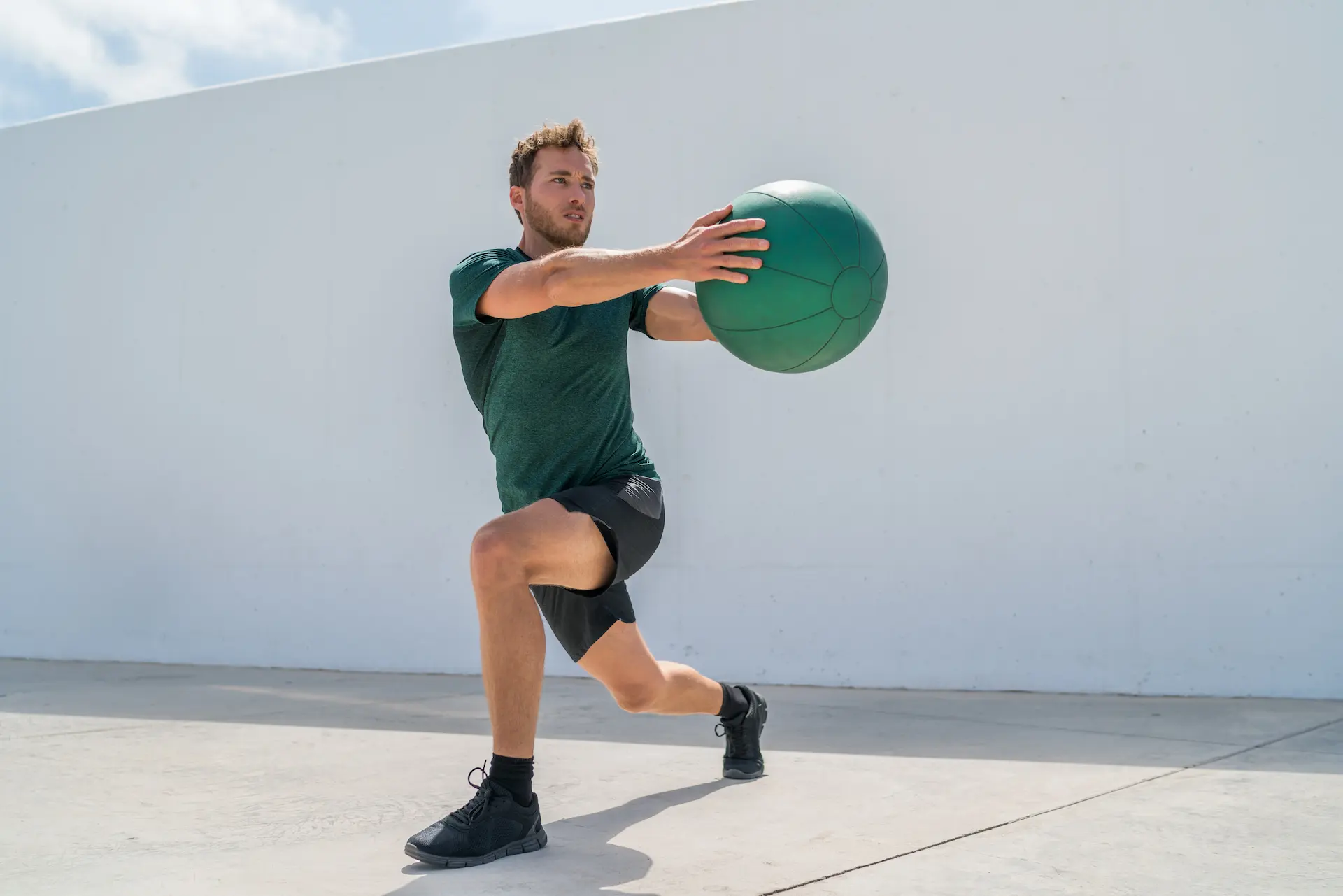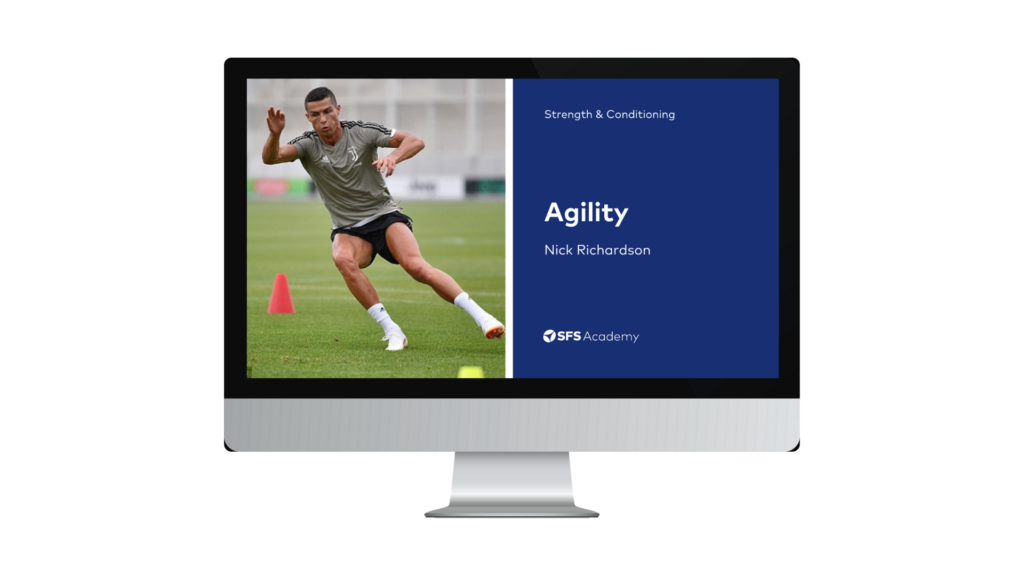Contents of Article
- Summary
- Basic movement patterns: A background
- What are basic movement patterns?
- How are basic movement patterns classified?
- What are some examples of basic movement patterns?
- Conclusion
- References
- About the Author
Summary
Basic movement patterns are realistically just a way of categorising exercises based on their biomechanical demands. Classifying exercises into these categories makes it easier for the strength and conditioning coach to identify which exercise is most appropriate for the athlete.

Basic movement patterns: A background
For decades, gym-based training has revolved around the concept of training muscle groups in isolation. Though nobody knows exactly, it is commonly agreed this very concept has stemmed primarily from bodybuilding. However, strength training pioneers such as Prof. Yuri Verkhoshansky and Dr. Michael Yessis began to popularise gym-based training for athletes during the mid-20th century (1, 2). Since then, global developments on how to train athletes, and how to make it functional* for their sport has accelerated – particularly in recent years.
Perhaps these advancements are associated with the immense commercial growth of sport (3) and thus the increase in sports science-related degrees and courses worldwide. Regardless, strength and conditioning coaches and exercise specialists all over the world now appreciate the significant difference between training athletes and training others (e.g. bodybuilders).
*Functional, by definition, means something that is ‘designed to be practical and useful, rather than attractive’ (4). Though this has become a huge buzzword in recent years with trainers using any form of ‘fancy’ or ‘attractive’ equipment they can get their hands on, it simply refers to any training methods that are applicable and useful for that sport, regardless of complexity or attractiveness. For example, a simple barbell deadlift is practical and useful for athletic development in rugby, therefore this may be referred to as ‘functional’.
What are basic movement patterns?
Basic exercise movement patterns are, quite simply, exercise classifications, which due to popularity have formed the foundations of exercise selection. Once a strength and conditioning coach determines which basic movement patterns are essential for the athlete, they will devise a battery of exercises forged from those movement patterns (i.e. exercise classifications). For example, a primary movement pattern of a rowing athlete is a horizontal pulling action – as a result, a ‘horizontal pulling’ movement (e.g. Prone Rows) may become a vital component of their training programme. On the other hand, a leg extension exercise would be classified as a ‘knee dominant’ movement, as the knee joint is the prime lever. Although there are thousands of different exercises, a large majority of them can be categorised into the following movement patterns:
- Hip Hinge
- Hip Dominant
- Knee Dominant
- Vertical Push
- Vertical Pull
- Horizontal Push
- Horizontal Pull
- Rotational and Diagonal
- Anti-Rotation
- Anti-Flexion
- Anti-Extension
- Anti-Lateral Flexion
How are basic movement patterns classified?
At present, this is normally done by anecdotal evidence and purely based on the opinion of the strength and conditioning coach and their scientific knowledge of each exercise. However, there are common rules of thumb that are followed to categorise each exercise. These are segregated by one of three things:
- The movement direction of the exercise (e.g. flat bench press is a horizontal press).
- The primary joint lever (e.g. during the knee extension, the knee joint is the primary lever).
- Or, by the joint deemed to experience the largest ‘relative’ forces (e.g., just suggest the hip can handle higher joint forces than the knee). During a pistol squat, whilst the forces exerted on the hip may be larger than those on the knee, the knee might be enduring its maximal tolerance. In which case, this may be deemed as a knee-dominant movement because the knee is experiencing the largest ‘relative’ forces). Note that this is purely a fictitious example.
What are some examples of basic movement patterns?
Hip Hinge
This category of exercises involves a hinging motion at the hip joint, with little-to-no knee movement. These hip-dominant exercises are initiated by a contraction of the hip extensors (e.g. glutes, hamstrings) and spinal erectors to extend the hip. These exercises tend to be more of a pulling action as opposed to a push.
The following are examples of hip hinge exercises:
- Romanian Deadlift (RDL) and its variations (e.g. single-leg)
- Kettlebell Swing
Hip Dominant
Though this category can include hip-hinging movements, it is used to identify all exercises in which the hip joint plays the primary role. For example, whilst the Glute Bridge is a hip-dominant movement, it is not reflective of a hip-hinging movement. Similarly, the High-Box Step-Up is also a hip-dominant movement that is not reflective of a hip hinge.
The following are examples of hip-dominant exercises:
- Glute Bridges
- High-Box Step-Ups
- Leg Press (position-specific)
- Romanian Deadlift (RDL) and its variations (e.g. single-leg)
- Kettlebell Swing
- Squat (Bilateral variations). However, this is really a misnomer as it is not really either knee or hip dominant -it’s both.
Knee Dominant
This category is classified by movements in which the knee is the dominant lever during the exercise.
The following are examples of knee-dominant exercises:
- Single-Leg Squats (Pistol, Bulgarian, Knee-Tap, Elevated)
- Low-Box Step up
- Lunge (Forward, Backward, Lateral)
- Leg Press (position-specific)
- Squat (Bilateral variations). However, this is a misnomer, as it is not really either knee or hip dominant – it’s both.
Vertical Push
This category of exercises includes all exercises that move the load/weight vertically in relation to the torso, or at least in that direction. It usually consists of movements in the sagittal plane (shoulder flexion) or frontal planes (shoulder abduction). Furthermore, this normally means its movements create shoulder abduction and/or flexion and extension of the elbow (i.e. pushing).
The following are examples of vertical push exercises:
- Push Press
- Military Press
- Overhead Dumbbell Press
- Seated Shoulder Press
- Jammer Press
Vertical Pull
This category of exercises also includes moving a load/weight vertically in relation to the torso, or at least in that direction. However, it usually consists of movements in the sagittal (shoulder extension), frontal, or transverse planes (shoulder adduction). Furthermore, this normally means its movements create shoulder extension and/or adduction with elbow flexion (i.e. pulling).
The following are examples of vertical pull exercises:
- Pull-Ups (Close-Grip, Wide-Grip, Supinated Grip etc)
- Lat Pull-Downs
- Kneeling Pull-Downs
- Plank Rows
Horizontal Push
This category of exercises involves moving a weight straight out in front of you, away from the torso. Therefore, it consists of movements in the sagittal (shoulder flexion) and/or transverse plane (shoulder horizontal adduction) with elbow extension (i.e. pushing).
The following are examples of horizontal push exercises:
- Press-Ups
- Bench Press
- Standing Chest Press
- Single-Arm Dumbbell Press
- Kneeling Single-Arm Press
Horizontal Pull
This category of exercises involves moving a weight towards the torso. Therefore, it consists of movements in the sagittal (shoulder extension) and/or transverse plane (shoulder horizontal abduction) with elbow flexion (i.e. pulling).
The following are examples of horizontal pull exercises:
- Inverted Row
- Bench Row
- Bent Over Row (Bilateral, Unilateral, Barbell, Dumbbell, Kettlebell etc)
- T-Bar Row
- Seated Row
- Kneeling Single-Arm Row
Rotational and Diagonal
This category of exercises are primarily associated with movements of a rotational nature, typically within the transverse plane. These movements may also incorporate some form of pushing and/or pulling movements.
The following are examples of Rotational/Diagonal exercises:
- Russian Twist
- Barbell Torque
- Cable Rotations
- Woodchops
- Lateral Medicine Ball Throw
Anti-Rotation
Anti-rotation exercises are designed to challenge the lumbopelvic complex muscles (i.e. the core) to prevent rotation in the transverse plane and improve stiffness and stability of the spine (5) – hence the term ‘anti-rotation’. NOTE: Some exercises in this category also fall into other categories, meaning some exercises can have dual purposes and therefore potentially more ‘bang for your bucks’.
The following are anti-rotation exercises:
- Horizontal Palov Press
- Single-Arm Dumbbell Chest Press
- Single-Arm Rows
Anti-Flexion
Anti-flexion exercises are designed to challenge the lumbopelvic complex and spinal erector muscles to prevent flexion and improve stiffness and stability of the spine (5) – hence the term ‘anti-flexion’. Most exercises in this category are associated with common exercises and therefore they are not often referred to as anti-flexion.
The following are anti-flexion exercises:
- Squat
- Deadlift
- Bent Over Row
Anti-Extension
Anti-extension exercises are designed to challenge the lumbopelvic complex and spinal flexor muscles to prevent extension in the sagittal plane and improve stiffness and stability of the spine (5) – hence the term ‘anti-extension.
The following are anti-extension exercises:
- The Plank and its variations
- Press-Ups
- Supermans
- Crocodile Crawls
- Commando Crawls
Anti-Lateral Flexion
Anti-lateral flexion exercises are designed to challenge the lumbopelvic complex and spinal erector muscles to prevent lateral flexion and improve stiffness and stability of the spine (5) – hence the term ‘anti-lateral flexion.
The following are anti-lateral flexion exercises:
- Vertical Palov Press
- Single-Arm Overhead Press
- Imbalance Lunges
- Imbalance Step-Ups
- Imbalance Farmer Walks
Like anything, there are numerous ways to ‘cook an egg’, so although there are various other ways to classify fundamental movement patterns other than those shown above, a large amount of strength and conditioning coaches appear to divide their exercises based upon these categories.
Conclusion
Functionality simply refers to practicality and usefulness. Therefore, during programme design, it is essential that exercises are selected based on their function and usefulness to the athlete and not on the attractiveness or difficulty of the movement. Although exercise professionals may select their exercises using a different battery of movement patterns, or perhaps none at all, a large number of coaches currently use those presented in this article.
- CV & Bibliography . 2015. CV & Bibliography . [ONLINE] Available at: [Link] [Accessed 08 November 2015].
- Michael Yessis – Wikipedia, the free encyclopedia. 2015. Michael Yessis – Wikipedia, the free encyclopedia. [ONLINE] Available at: [Link]. [Accessed 08 November 2015].
- Slack, T. (2003). The Commercialisation of Sport (Sport in the Global Society). 1 Edition. Routledge. [Link]
- Functional Meaning in the Cambridge English Dictionary. 2015. Functional Meaning in the Cambridge English Dictionary. [ONLINE] Available at: [Link]. [Accessed 09 November 2015].
- Fenwick, CMJ, Brown, SHM, and McGill, SM. Comparison of different rowing exercises: Trunk muscle activation and lumbar spine motion, load and stiffness. J Strength Cond Res 23(5): 1408–1417, 2009 [PubMed]




